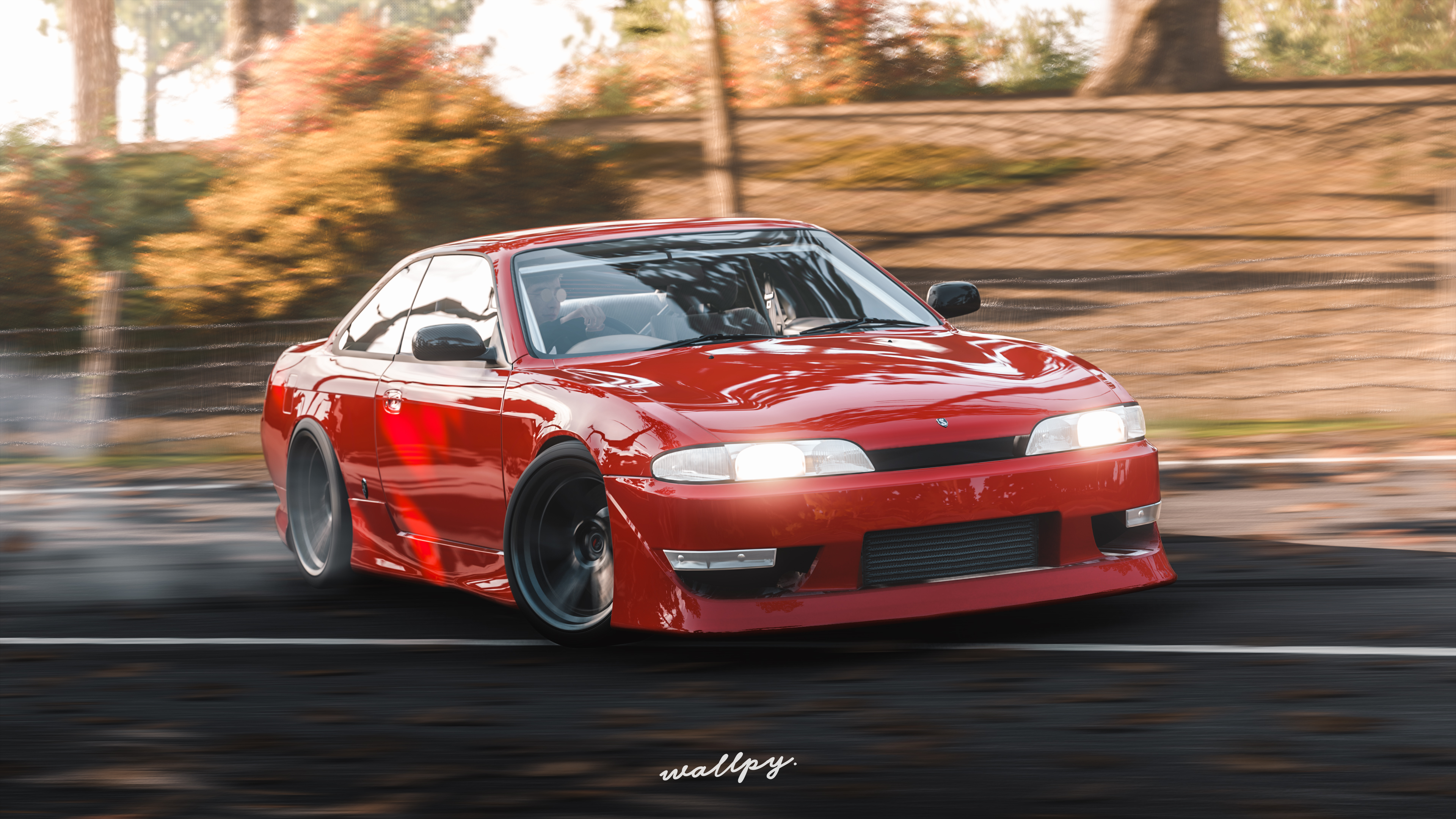

The images are very contrasty, with vibrant colors and a cooler white balance. As before, the images are always a bit underexposed, which creates a darker appearance that favors highlight detail over shadows. The Pixel 3 XL images still do have that characteristically Pixel look, though.

There isn't a dramatic difference from last year but you can still see some refinements, especially in the overall look of the images, which now looks a bit less processed and more like what a single shot, naturally wide dynamic range image would look. The image quality was lauded on the previous two Pixels and is obviously also very good this year. This is basically what happens when you take a picture on this phone with HDR+ On. Because it is capturing multiple images, the noise can be zeroed out after stacking, which allows it to push harder while raising the shadow detail. The images are captured underexposed, which allows the camera to capture the details in highlights and raise the shadows in post. When the shutter is pressed, it stacks the last several images and creates a composite after correcting hand and subject movements.


Like the previous Pixel phones, the Pixel 3 XL captures images constantly in the background when the camera is open. This is extremely useful, especially for video but also for taking pictures of moving subjects such as pets or children. This means if the subject moves around in the frame or if you move the camera around while keeping the subject in frame, the focus will keep track and stay locked on the subject. When you tap on an object in the frame, the focus isn't locked at a particular point in the frame but on the subject itself. One cool new feature this year is focus tracking.
#Pixel 3xl forza horizon 4 images manual#
Google really wants to ensure you get the kind of images it wants you to have, and there is little scope for manual adjustments outside of adjusting the white balance and exposure. Even the RAW files you capture are not data from a single RAW frame but a file made from stacked RAW images. Google relies heavily on computational photography that is entirely automated and controlled by the software. Unfortunately, the white balance settings do reset, which is probably for the best for most people but can be annoying if you use this control often.Īs with previous Pixel phones, the Camera app still doesn't have any manual mode. The HDR+ or RAW settings remain where you left them. The good thing this year is that the Camera app remembers your settings when you close the app. The phone will save both JPEG and RAW files together, when the option is enabled. One new feature this year is the ability to capture RAW images. If you hide this option, the camera will use HDR+ On at all times. You can choose to show HDR+ controls here, which lets you choose from HDR+ off, HDR+ On, and HDR+ Advanced. You only see some modes by default and the rest are inside the More option at the right.Īt the top are the controls for timer, motion mode (Google's version of Apple's Live View), white balance and flash settings. The different camera modes are now laid out at the bottom, similar to the iOS camera app, and can be switched between by swiping sideways on the display. The default Camera app sees some definite improvements over the initial version from last year. The camera is also capable of recording 4K video at 30fps. The Pixel 3 XL has a 12MP f/1.8 camera on the back with dual pixel phase detection autofocus and optical image stabilization.


 0 kommentar(er)
0 kommentar(er)
